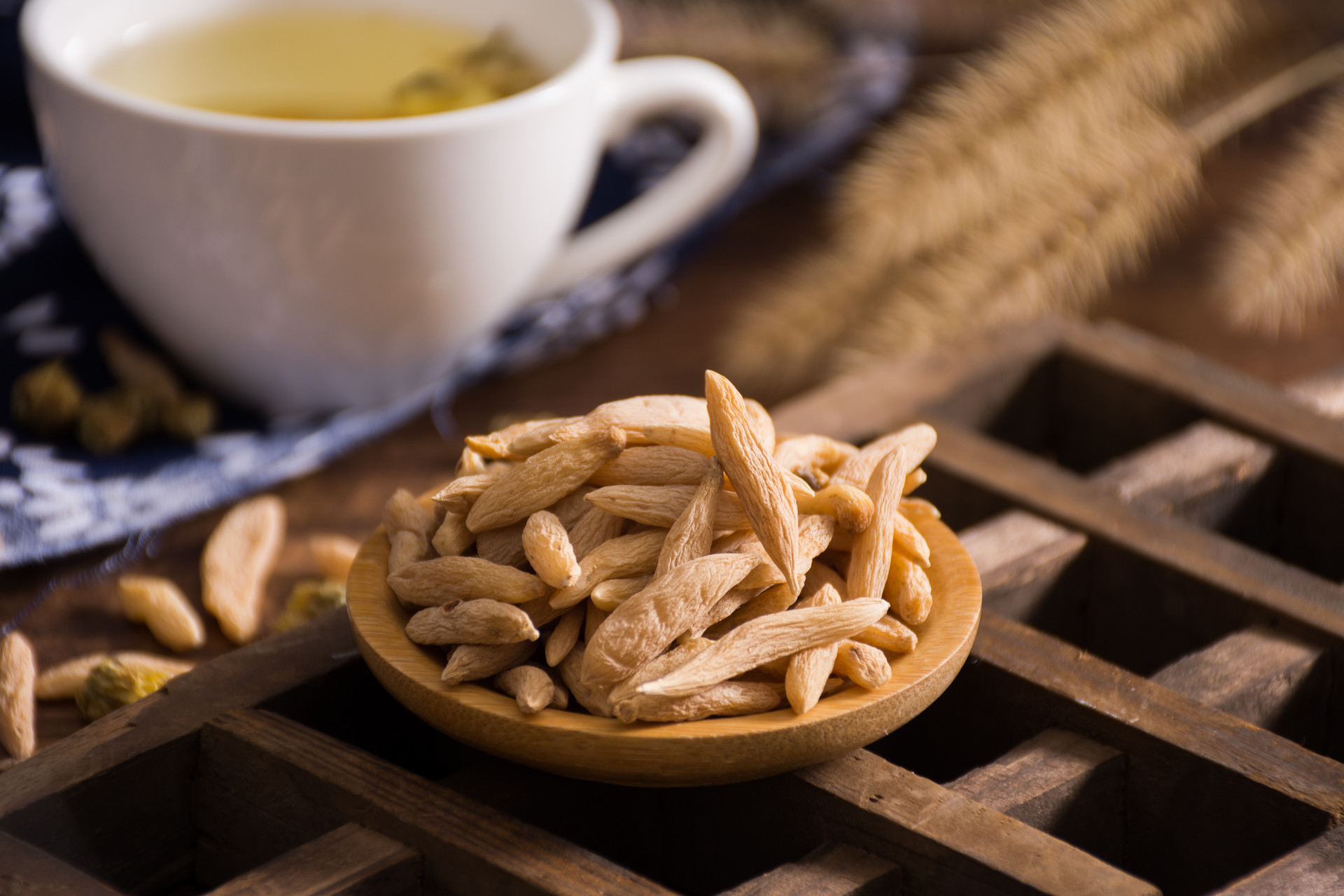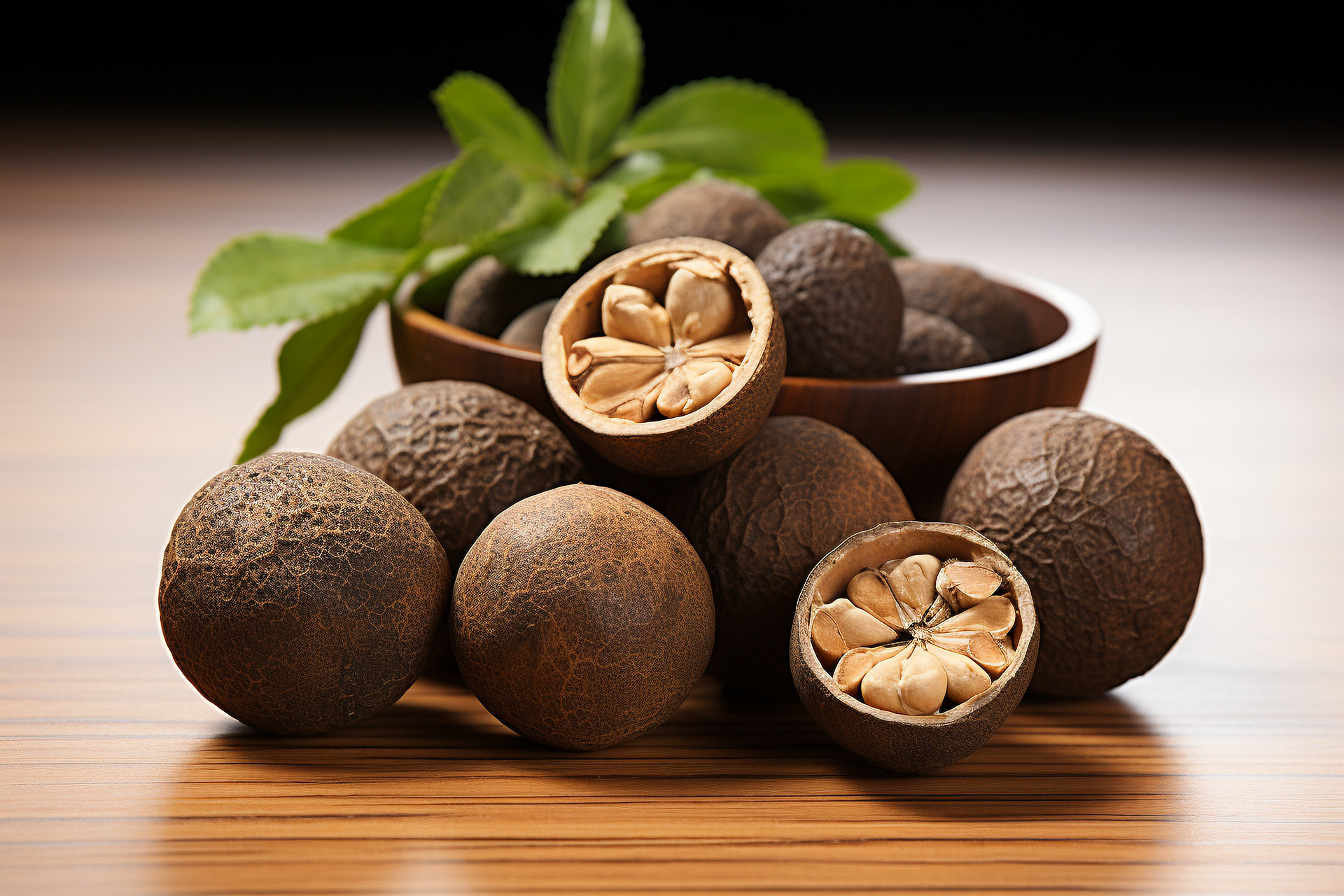Ginseng is a very precious traditional Chinese medicine. There are many types of ginseng available in the market, but only wild ginseng grows for several decades to over a hundred years, making it expensive. As a truly precious herb, due to the scarcity of wild ginseng, there are often cases of fake and inferior products in the market, so it is important to carefully discern the authenticity.
To buy genuine wild ginseng, it is necessary to pay attention to the following aspects: not only should you understand the "five characteristics," but also recognize the "six features."
The so-called "five characteristics" refer to the roots, stems, skin, patterns, and body of ginseng.
Roots: Wild ginseng generally has long, slender, and tough roots, with small pearl-like nodules called "pearl dots" attached to them. If the roots are white and tender (commonly known as water roots), it is not pure wild ginseng.
Stems: Wild ginseng stems are relatively long and can be divided into two-joint stems, three-joint stems, thread stems, and neck stems. Two-joint stems include horse tooth stems and round stems. Three-joint stems include horse tooth stems, round stems, and flower pile stems. Horse tooth stems have obvious stem marks on the rhizome, resembling horse teeth, mostly found on the upper part of the rhizome. Round stems have stem marks that are flat and cylindrical due to aging. Neck stems are thin and slightly curved, resembling a swan's neck. Thread stems have elongated and thin rhizomes with shallow and flat stem marks due to their old age.
Skin: Wild ginseng generally has old and brown skin, with a tight and glossy texture. If the skin is tender and white, it is not pure ginseng.
Patterns: Wild ginseng generally has fine and deep screw-like patterns at the top of the hair root. If the patterns are rough, shallow, and inconsistent, it is not wild ginseng.
Body: The main root of ginseng, see "six features" for details.
The so-called "six features" refer to the spirit, clumsy, old, tender, horizontal, and straightness of the main root.
Spirit: Refers to the graceful appearance and clear leg structure of wild ginseng. It often has two legs with a large angle of separation. It can be classified as "diamond-shaped body" or "nodule body" according to its shape.
Clumsy: Refers to the straight and clumsy shape of the main root of wild ginseng, which is not aesthetically pleasing. Even if it has two legs, the thickness or length of both legs is not symmetrical.
Old: The skin of wild ginseng is old, with a yellow-brown color and fine and solid screw-like patterns. If the skin is tender and white, it is not pure wild ginseng.
Tender: The skin is tender and white, with rough and shallow screw-like patterns. If the root is tender, brittle, and easily breaks, it is not pure ginseng.
Horizontal: Refers to the short and thick roots of ginseng, with both legs extending outward, mostly indicating wild ginseng.
Straightness: Refers to the straight and straight main root of ginseng, with either a single leg or legs close together, mostly not wild ginseng.











